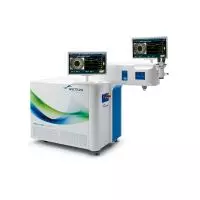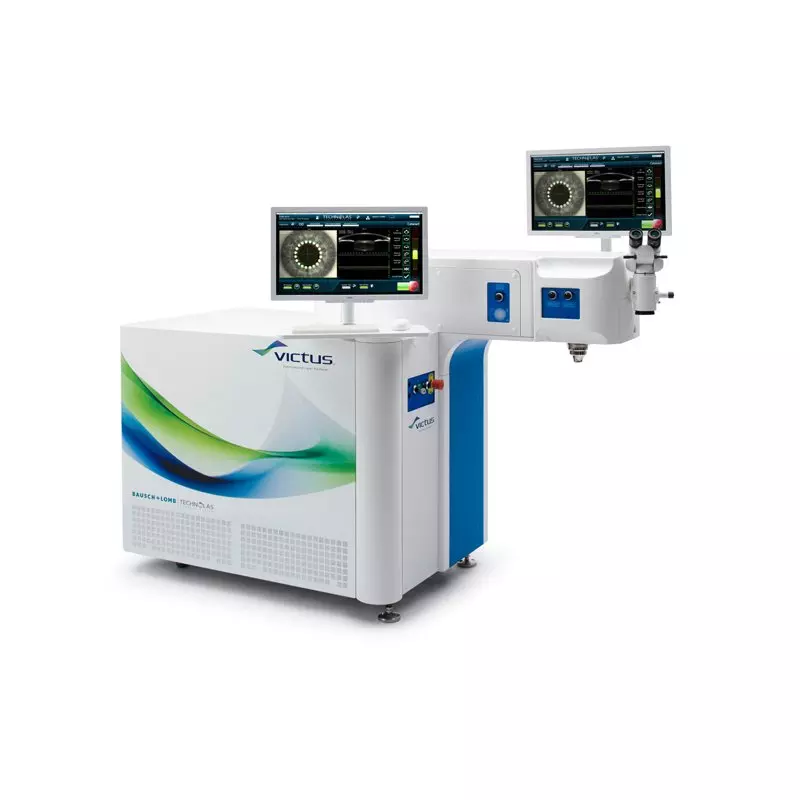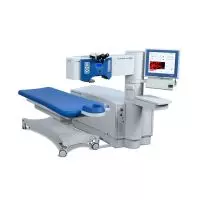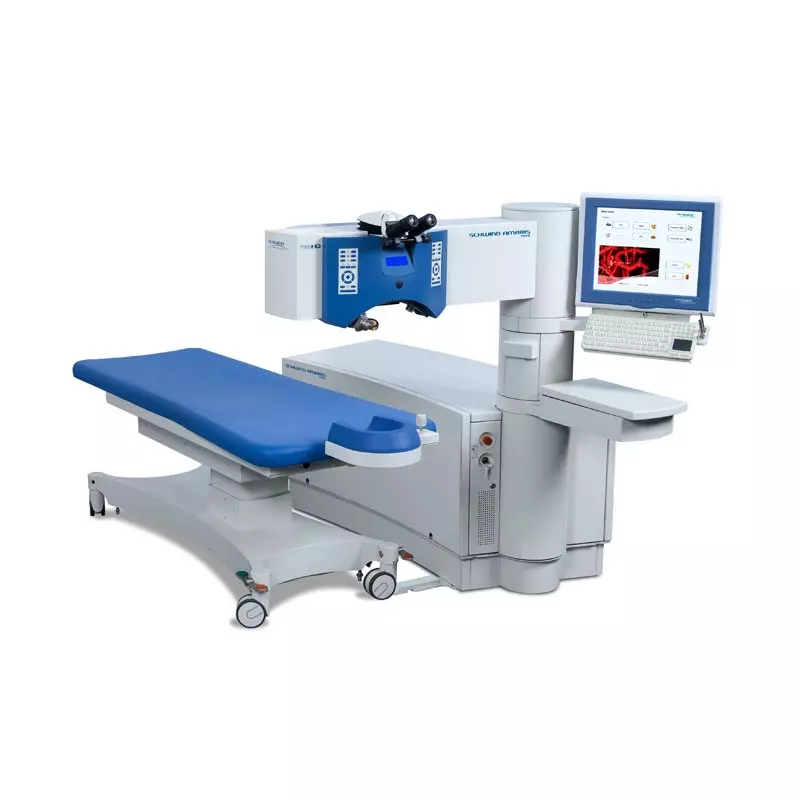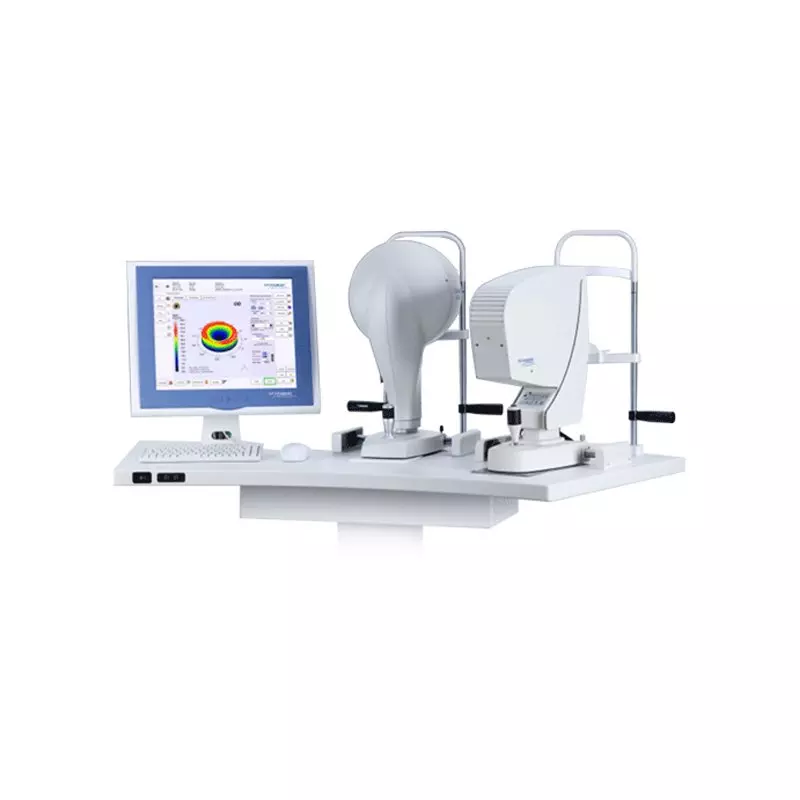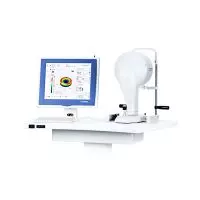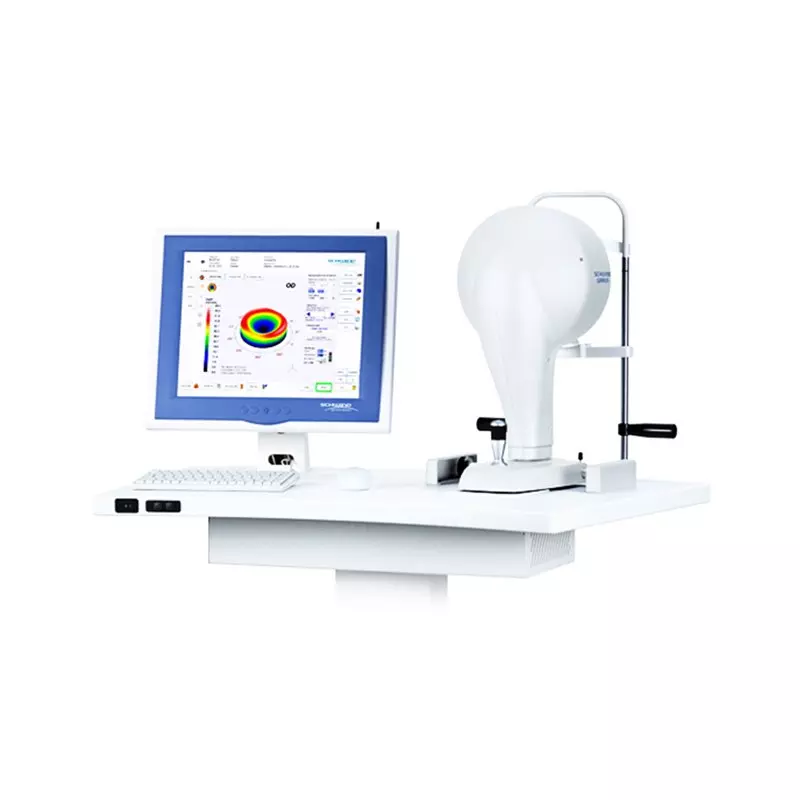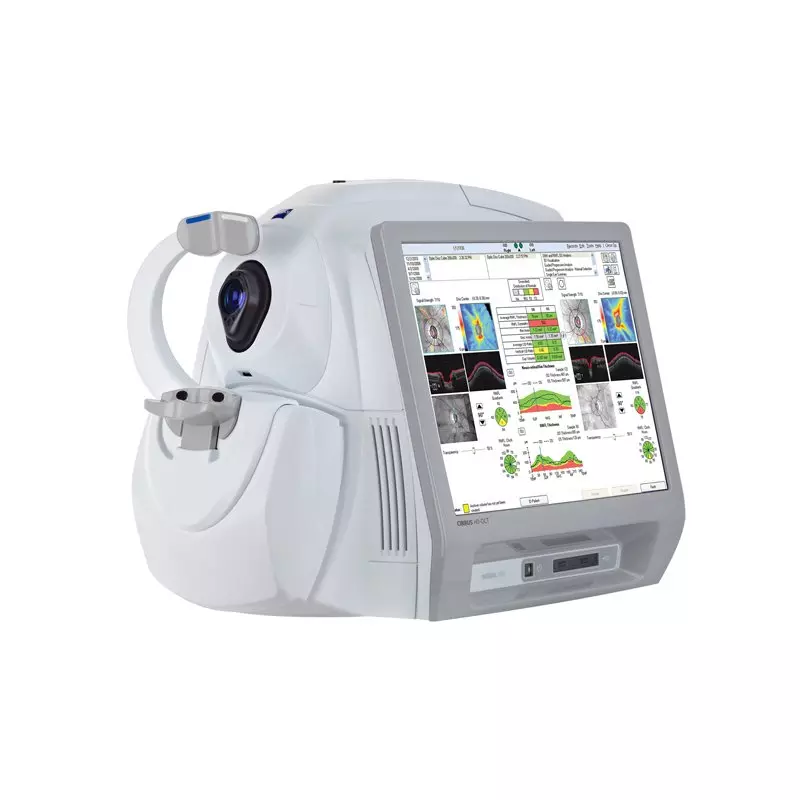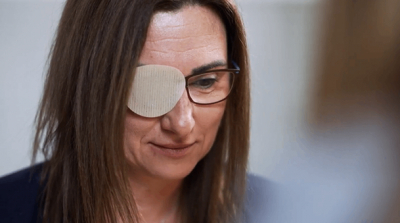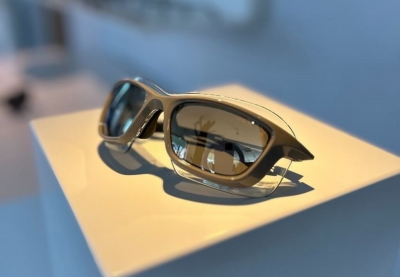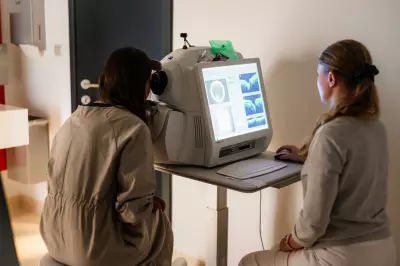Healthy vision

Vision disorders

Short-sightedness
Short-sightedness or myopia is an eye disease where close objects are clear and in focus, but objects at a greater distance appear blurred.
What’s the problem?
CORNEA OR EYE LENGTH
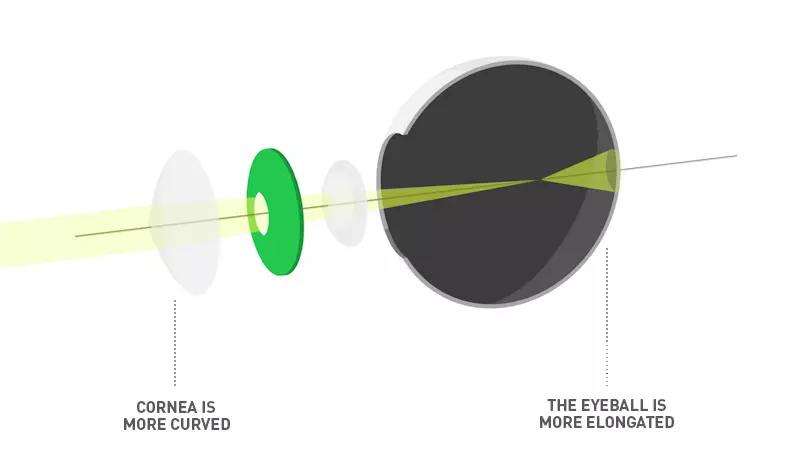
The cause of short-sightedness is usually a too long eye (the eyeball is pulled towards the inside of the head), or its cornea is more curved. The light in the eye is thus concentrated onto a point in front of the retina and a clear image is not produced on the retina.
When looking into the distance, this causes blurred vision. The most common cause of short- sightedness is a hereditary factor and an activity where you look at objects close up, for example working on a computer.

What happens during surgery?
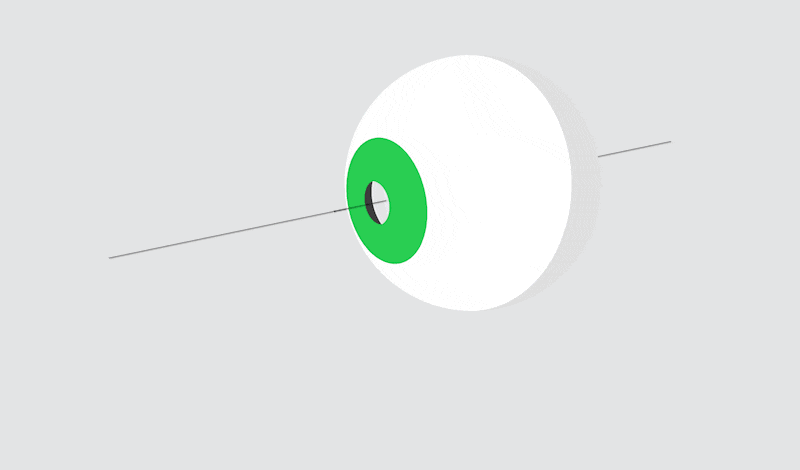
A procedure using an excimer laser is used for short-sightedness surgery.
The most important part of this procedure is the photoablation – removal of part of the cornea using a laser.
We modify the surface of the cornea by changing its lens power which is given in dioptres, thus achieving clear vision. The surgery is suitable for patients over the age of 18 with short- sightedness of up to -9 dioptres. The short-sightedness surgery lasts no more than a few minutes.
The difference between individual excimer laser methods lies in whether the photoablation itself takes place on the surface or under the surface of the cornea.

FemtoLasik

Surface method using two types of lasers.
The femtosecond laser creates thousands of small bubbles in the cornea which slice the stroma of the cornea and form a flap which is then lifted up. The removal of the dioptre is done by the excimer laser.
After the surgery, the corneal epithelium returns to its original place.
- quicker vision recovery
- earlier return to work
- clear vision just a few hours after surgery
- possible risk of developing dry eye syndrome

Lasek

This is a surface method where the epithelium is lifted up after the application of an alcohol solution using a mechanical tool. After surgery, the removed part of the cornea grows back.
- less invasive surgery
- suitable if there are cataracts on the eye’s surface
- cheaper surgery
- smaller risk of dry eye syndrome
- gradual clearing of vision
- longer recovery period (2 to 4 days)
- the patient can experience slight irritation or burning.

PRK

This is a surface method where the epithelium is lifted up after the application of an alcohol solution using a mechanical tool. After surgery, the removed part of the cornea grows back.
- suitable for thinner corneas
- suitable if there are cataracts on the eye’s surface
- cheapest surgery
- higher level of pain
- longer recovery period

What if my dioptres are too high
for excimer surgery?
PHAKIC CONTACT LENSES

are used for correcting dioptric disorders in patients for whom excimer laser surgery does not enable them to rid themselves of glasses as a result of a high dioptric disorder or a thin cornea.
The phakic contact lens is implanted into the eye in front of the lens. This combination modifies the patients’ required dioptres and also accommodates the natural human lens.
The whole process could be described as implanting glasses into the eye with the difference that you don’t need to take them off or out.
The implantation of a phakic contact lens is usually suitable for patients under the age of 40.

Equipment and instruments
Is surgery right for you?
To help you find your way around, we have prepared a brief overview of surgeries available for different types of refractory disorders or diseases. Find out which type of surgery is best for you.
Price list
| EXCIMER LASER SURGERY | VŠZP | DÔVERA | UNION |
|---|---|---|---|
| PRK 6D | 325 € | 325 € | 325 € |
| Lasek 6D | 425 € | 425 € | 425 € |
| Smartsurface | 495 € | 495 € | 495 € |
| Femto Lasik 6D HD | 695 € | 695 € | 695 € |
| Relex Smile | 695 € | 695 € | 695 € |
 The procedure is only reimbursed by the insurance company in specific, medically- indicated cases
The procedure is only reimbursed by the insurance company in specific, medically- indicated cases| IMPLANTATION OF PHAKIC INTRAOCULAR LENS | VŠZP | DÔVERA | UNION |
|---|---|---|---|
| PHAKIC INTRAOCULAR LENS | PRICE FROM1010 € | PRICE FROM1010 € | PRICE FROM1010 € |
| EXTRA INTRAOCULAR LENS | PRICE FROM590 € | PRICE FROM590 € | PRICE FROM590 € |
| CLE / PRELEX (REPLACEMENT OF INTRAOCULAR LENS) | VŠZP | DÔVERA | UNION |
|---|---|---|---|
| CLE EXTRA | 790 € | 790 € | 790 € |
| CLE FEMTO | 1090 € | 1090 € | 1090 € |
| PRELEX EXTRA | 1190 € | 1190 € | 1190 € |
| PRELEX FEMTO | 1490 € | 1490 € | 1490 € |
 The additional price for the lens as requested by the patient following the consultation with a doctor ranges from 0 do 200 €.
The additional price for the lens as requested by the patient following the consultation with a doctor ranges from 0 do 200 €.To help you find your way around, we have prepared a brief overview of surgeries available for different types of refractory disorders or diseases. Find out which type of surgery is best for you.










